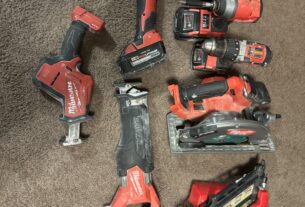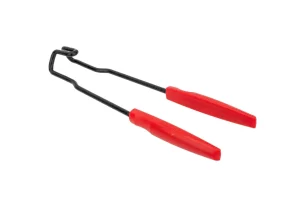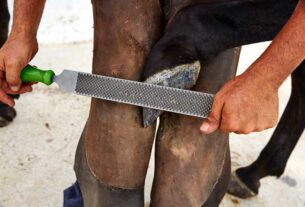Flintknapping tools have been used for centuries by indigenous people all over the world. They were used to craft weapons, hunting tools, and various other implements that helped humans survive in harsh environments. Today, flintknapping is still practiced by enthusiasts who are interested in learning ancient techniques and creating their own unique pieces.
If you’re interested in flintknapping, this guide will provide you with everything you need to know about the tools involved, techniques used, and some tips for getting started.
What is Flintknapping?
Flintknapping refers to the process of shaping stones into useful tools or weapons. This technique has been used for thousands of years and was a vital skill for early humans. It involves striking a piece of stone with another hard object, such as antler or bone, to create sharp edges and points.
The most commonly used stone for flintknapping is flint, which is a type of sedimentary rock that breaks easily and produces sharp edges when struck correctly. Other types of stone that can be used include chert, obsidian, and jasper.
Different types of Flintknapping Tools
To start your flintknapping journey, you’ll need a few basic tools. Here are some of the essential tools you’ll need:
1. Percussion tool: A percussion tool is used to strike the stone during flintknapping. This can be anything from an antler or bone to a copper billet or hammerstone.
2. Pressure flaker: A pressure flaker is used to remove small flakes from the edge of the stone to create sharp edges or points. These are typically made from copper or antler.
3. Ishi stick: An Ishi stick is a thin wooden dowel used for shaping and refining the edges of the stone. It’s named after Ishi, an indigenous man who was one of the last members of the Yahi tribe in California.
4. Billet: A billet is a hard object used for striking the stone during flintknapping. These can be made from a variety of materials, including copper, antler, or wood.
5. Leather pad: A leather pad is used to protect your hand while holding the stone during flintknapping.
Different Techniques Used in Flintknapping
There are several different techniques that can be used in flintknapping. Here are some of the most common:
1. Direct Percussion: This technique involves using a percussive tool to strike the stone directly and remove flakes from it.
2. Indirect Percussion: This technique involves using a billet and a punch to remove flakes from the edge of the stone.
3. Pressure Flaking: This technique involves applying pressure to the edge of the stone with a pressure flaker to create sharp edges or points.
4. Platform Preparation: This technique involves creating a platform on the edge of the stone where you want to remove flakes. The platform is created by striking it with a percussion tool at just the right angle and force.
Tips for Getting Started with Flintknapping
If you’re interested in trying your hand at flintknapping, here are some tips to help you get started:
1. Start with small pieces of stone: It’s easier to learn on smaller pieces of stone before moving on to larger ones.
2. Use safety equipment: Always wear eye protection and gloves when working with flintknapping tools.
3. Practice good technique: Focus on developing good technique and accuracy rather than speed.
4. Learn from others: Take classes or find experienced flintknappers to learn from.
5. Be patient: Flintknapping takes time and practice to master, so don’t get discouraged if you don’t get it right away.
Conclusion
Flintknapping is a fascinating skill that has been passed down for generations. By learning the techniques involved and using the proper tools, you can create your own unique pieces and explore the ancient art of stone toolmaking. Whether you’re interested in crafting weapons or simply want to try something new, flintknapping is a rewarding hobby to explore.
References:
– Flintknapping: https://en.wikipedia.org/wiki/Flintknapping
– Making Stone Tools: https://www.archaeology.org/issues/66-1305/features/630-stone-tools-flintknapping




